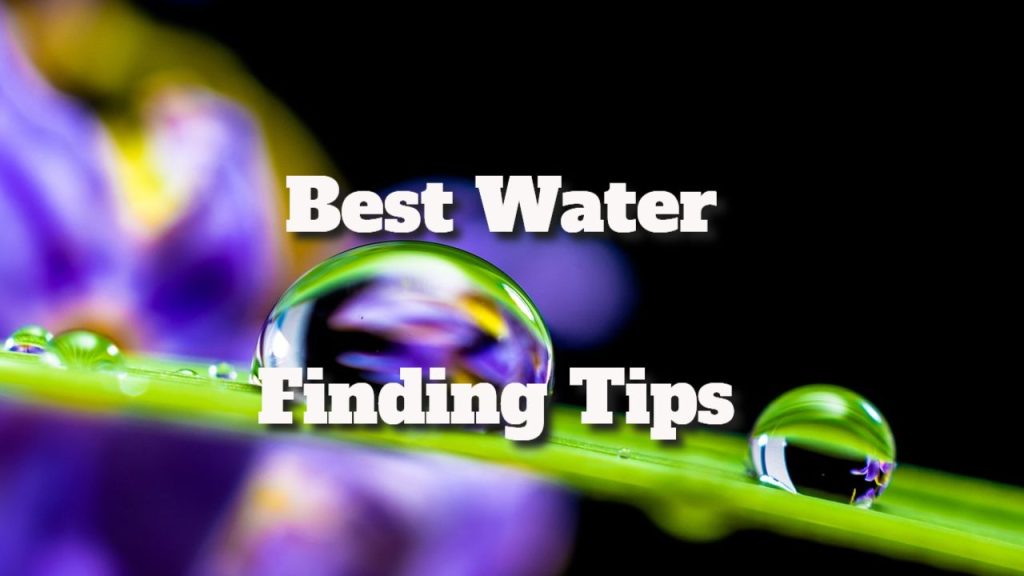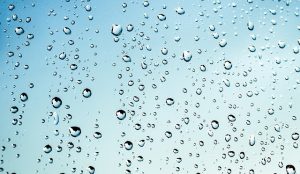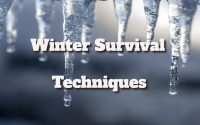Best Water Finding Tips from a Survival Expert
Best Water Finding Tips from a Survival Expert
Water Myths
We can survive three days without water on average, but this is not a hard and fast rule. In certain circumstances, a water shortage can kill someone within 24 hours, while others can continue for up to a week.
It is a common assumption that getting food is critical to survival, yet I only eat if there is a water source nearby.
Digestion takes a lot of water, and a person can go for weeks without eating. Eating without water causes you to dehydrate, which kills you faster.
The necessity of eating is not the only survival myth that exists. Perhaps you’ve seen films of dishevelled survivalists chugging their urine to stay hydrated.
Thirty years ago, in the military, we had this phrase: “People survive despite drinking their urine, not because of it.” Urine is about half the salt of ocean water and contains waste your body attempted to eliminate.
Drinking requires your body to draw additional water from tissues to excrete it again.
There are enough lessons on cleaning water to cover several paragraphs, but in the end, even unclean water is preferable to no water.
If there is no method to filter wild water, and I overlook evidence that it may kill me (such as animal carcasses or signs of industrial pollution), I drink it nonetheless.
In survival scenarios, more people have perished from dehydration rather than illness.
Deal with the consequences when you’re rescued; it’s better than dying.
There are numerous ways to acquire water in various contexts. When all else fails, the approaches listed below can be helpful.
Eating snow or ice is equivalent to taking two steps forward and one back.
It lowers your body temperature, raising the risk of hypothermia and requiring your body to heat itself back up, which consumes even more water.
Instead, melt it. Snow and ice collected from precipitation sources do not need to be disinfected unless contaminated. However, ice and snow from lakes and streams need to be. If you don’t have a stove, try the following ways for melting snow or ice.
Core temperature. To melt snow or ice, put it in a container that can be sealed and then use your body heat. Keep a thin layer of clothes between your skin and the container to protect it from the cold outside air.
Direct sunlight. Melt snow or ice in or on a waterproof container or material (tarp, rain gear, etc.). If the ground is icy, place insulation underneath it.
Fire. Use a metal container (melt a tiny quantity first, bring it to a boil, and then gradually add additional snow, or you will melt a hole in the bottom of the container).
Alternatively, hang a porous pouch, such as a T-shirt or bandana, near the fire (I usually use a solid stick tripod) and fill it with snow or ice.
Place a clean container below it to catch the water that drips through.
Animal Indicators
Animal paths might take you to water. Look for a V where the trails converge.
Almost all animals require water, and once they leave a source, they will naturally disperse across the environment to graze, hunt, forage, and so on. They follow the significant pathways back to the source when they need water.
Birds often prefer to sleep near water at night. In a desert area, observe the sky from a high point an hour or two before sunset.
If you notice a bird or two flying high, observe them until they disappear. Please take note of the approximate direction and distance where they dropped down.
It’s much nicer if you witness multiple birds arrive from different directions and disappear in the same general area.
The following morning, just before dawn, return to the same high point and keep an eye on the exact location. Water is nearby if you witness birds rising and flying away from the exact location.
Vegetation
Deciduous trees in a primarily coniferous forest may indicate that water is nearby.
Aspens, for example, enjoy the water but also want well-drained soil. Thus, an inverted V of aspens on a slope may indicate a spring above the tip of the V.
Cottonwood trees also enjoy the water and prefer it near the surface.
Transpiration bags gather water from trees and plants. Water is a byproduct of photosynthesis, so wrap a clear, sturdy bag, such as a garbage bag, over a luxuriant branch in direct sunlight to capture the water it produces.
Tape up any holes and close or knot the sack snugly around the branch to prevent water vapour from escaping. (Only use this approach on non-toxic plants.) In ideal conditions, a giant garbage bag may collect up to 300 mL of water in three hours.
You can collect up to a litre of water daily by wrapping bags around multiple trees.
Similarly, you can gather water from dispersed vegetation using substantial plastic bags. Search for green flora in dry locations without trees, such as tall grasses.
Gather all the plants that appear the most verdant and put them in a big bag. Plants lose water as they are heated by the sun. To filter out any debris, strain the water that has collected into a container using a cloth. Once the water is clear, drink it.
A lot of water can be stored by giant vines in rainforests. Hold or knot the ends of the vine over a container after cutting it a few feet above ground. If you’re in a rush, put rain gear in a hollowed-out depression in the dirt.
Not all vines generate drinkable water; if it is hazy, salty, bitter, or soapy, dump it and try another vine.
Potholes arise in dry washes in desert areas.
Exposed bedrock, particularly at the base of steeper slopes, can create vertical tunnels where water and debris become trapped during flash floods.
Some can be profound (over 20 feet) and narrow, keeping the trapped water shaded and calm like a well.
Drop a jar and a fist-sized rock into the water to collect it. Take care of it before you consume it if you can.
Another dependable water source is seeps, which occur when precipitation hits a level mesa and seeps into the sandstone. Look for a line of nooks on the cliff edges of mesas, generally with a dark line in the back containing plants and dark streaks.
Digging
Hollywood makes it appear more complex than it is, but excavating in regions with water near the surface can be fruitful.
Near the water, dig at the lowest point behind the first barrier dune.
Dig only till water seeps in or the earth appears damp, then cover it and check for fresh water in an hour or two.
If you dig too deeply, you risk contaminating your supply by passing through the narrow freshwater table and into the saltwater table below.
In huge dry washes, the outside bend is typically deeper, more shaded, and the last place water runs.
A temperature change, mud, animal tracks, and clouds of tiny flying insects increase the likelihood that water is near the surface.
Solar stills can be tricky; read more about them here.
If I had the necessary skills or materials, I would only use these to extract water from salt water or a badly contaminated source. It can be labour- and material-intensive. Hence, it is rarely utilised in survival situations but is a choice when unavailable.




